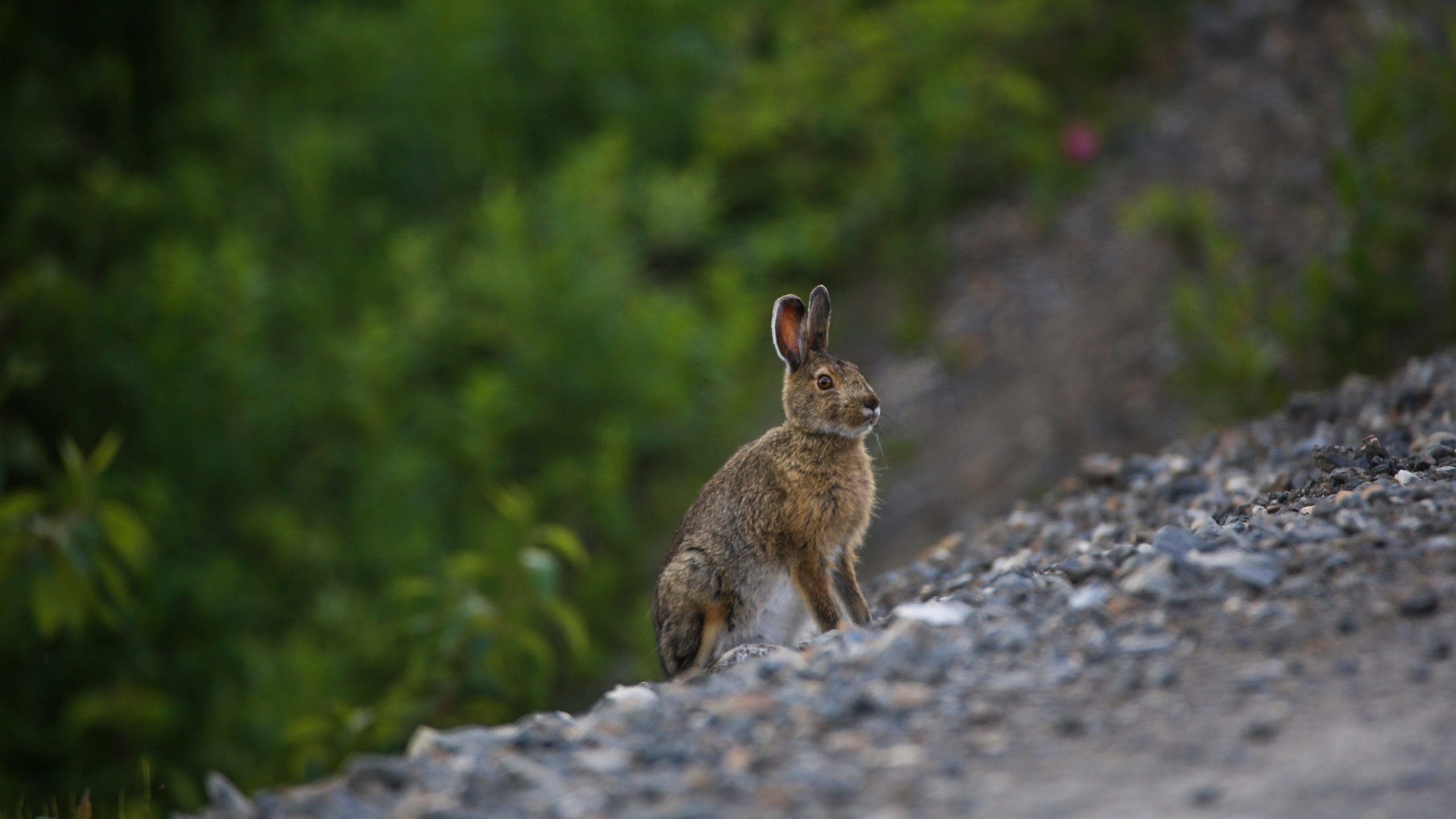Posted: April 9, 2023
Our Wildlife of the Week – 2023 Week 15…
Meet the “Snowshoe Hare”!
(Lepus Americanus)
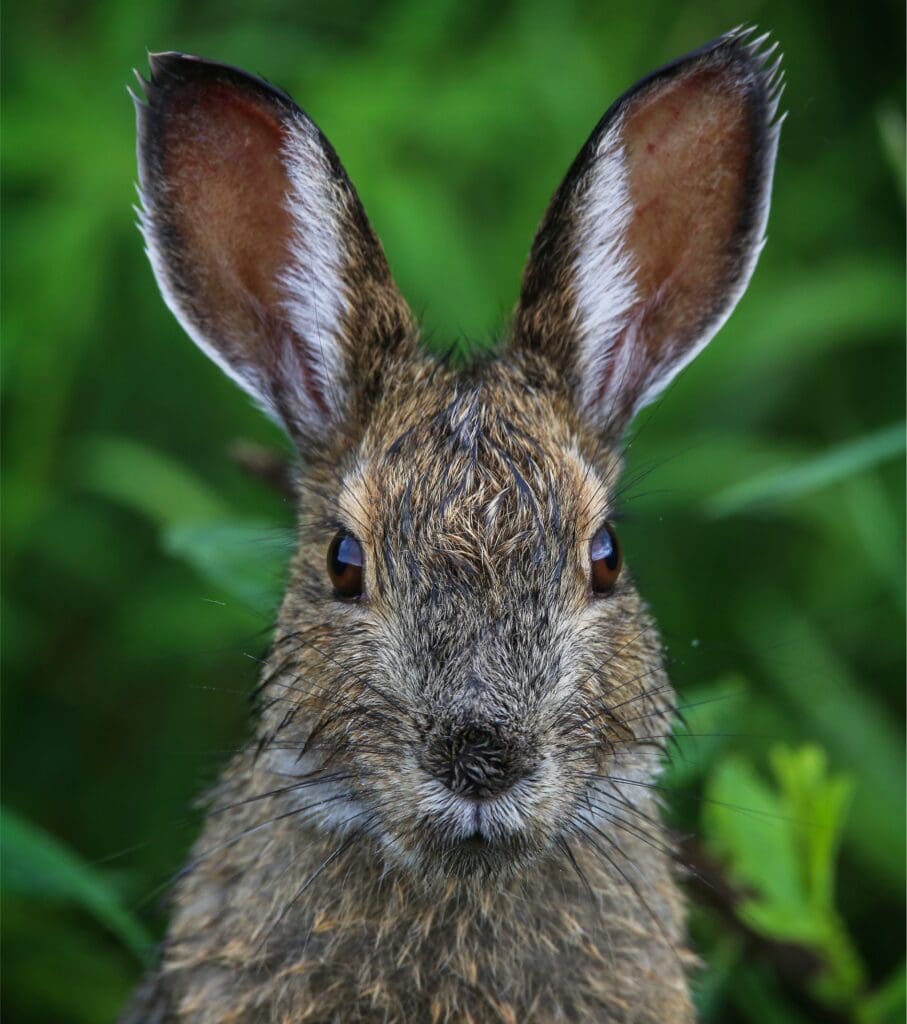
Table of Contents
Snowshoe Hare Physical Description
Snowshoe Hares range in length from 16.26 to 20.39 inches (413 to 518 mm), of which 1.54 to 2.05 inches (39 to 52 mm) are tail. The hind foot, long and broad, measures 4.61 to 5.79 inches (117 to 147 mm) in length. The ears are 2.44 to 2.76 inches (62 to 70 mm) from notch to tip. Snowshoe Hares usually weigh between 3.15 to 3.42 lbs (1.43 and 1.55 kg). Males are slightly smaller than females, as is typical for most Hares.1
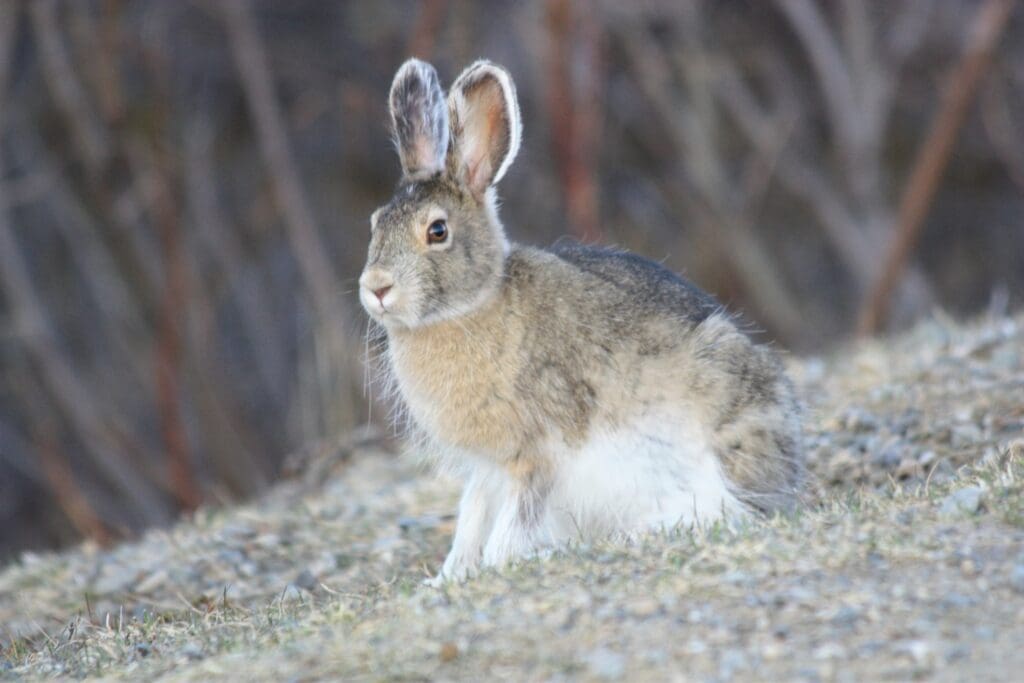
In the summer, Snowshoe Hare coats are a grizzled rusty or grayish brown, with a blackish middorsal line, buffy flanks and a white belly. The face and legs are cinnamon brown. The ears are brownish with black tips and white or creamy borders. During the winter, the fur is almost entirely white, except for black eyelids and the blackened tips on the ears. The soles of the feet are densely furred, with stiff hairs (forming the snowshoe) on the hind feet.1
SPONSORED ADVERTISEMENT
Snowshoe Hares In Action
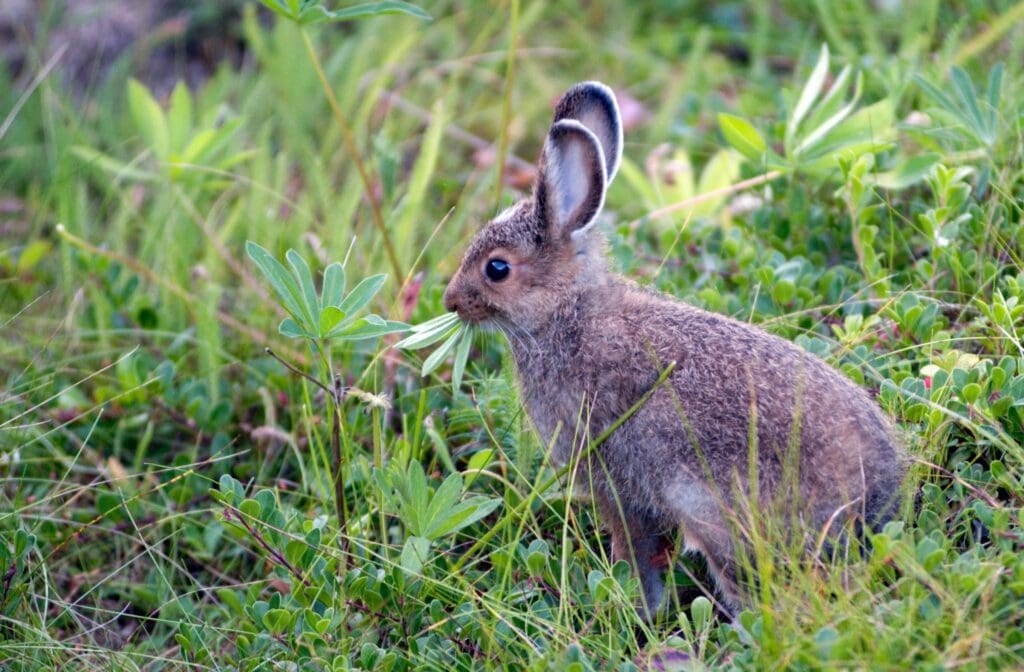
Snowshoe Hares are typically solitary, but they often live at high densities, and individuals share overlapping home ranges. They are active at low light levels and so are most often seen out and about at dawn, dusk, and during the night. They are also active on cloudy days.1
During the daylight hours, Hares spend a great deal of time grooming, and they take fitful naps. Most activity is restricted to pathways, trampled down “roads” in the vegetation that the hares know very thoroughly.1
Hares like to take dust baths. These help to remove ectoparasites (pathogens such as ticks, fleas, lice, parasitic flies and mites) from the hares’ fur.1
Snowshoe Hares are also accomplished swimmers. They occasionally swim across small lakes and rivers, and they have been seen entering the water in order to avoid predators.1
SPONSORED ADVERTISEMENT
Where to Spot Snowshoe Hares
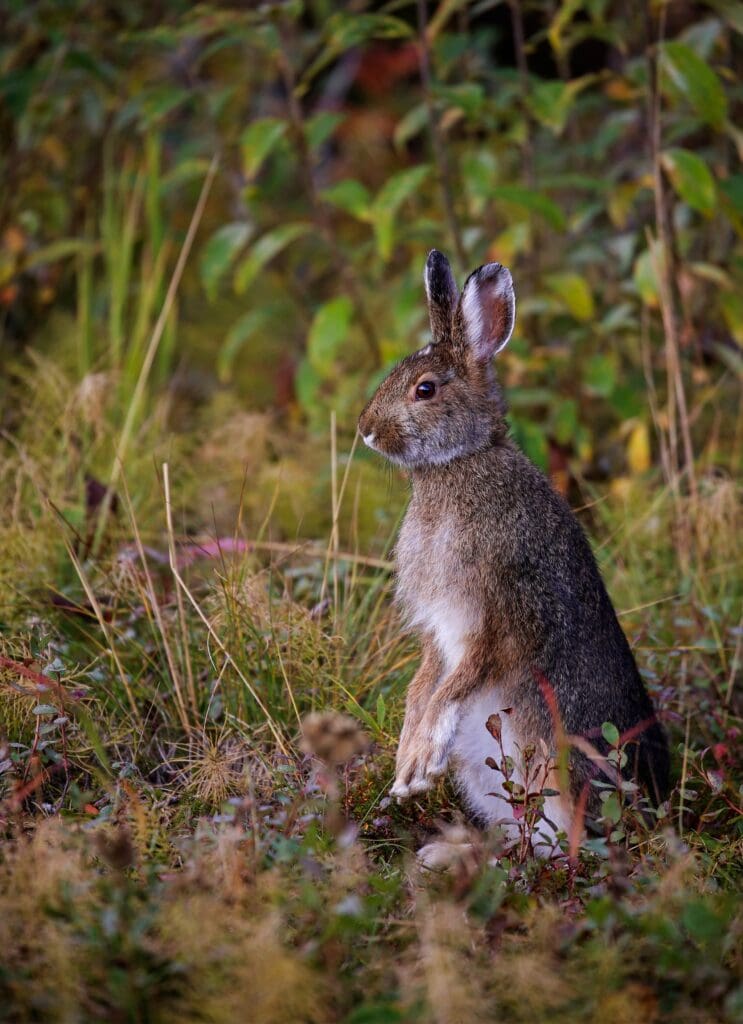
Snowshoe Hares are most often found in open fields, fence rows, swamps, riverside thickets, cedar bogs and coniferous lowlands. Snowshoe Hares are found throughout Canada and in the northernmost United States. The range extends south along the Sierras, Rockies, and Appalachian mountain ranges.1
The Snowshoe Hare can be found in over 29 National Parks and many other National Park Service sites.2 Including:
- Acadia National Park
- Black Canyon of the Gunnison National Park
- Bryce Canyon National Park
- Capital Reef National Park
- Crater Lake National Park
- Denali National Park & Preserve
- Gates of the Arctic National Park and Preserve
- Glacier National Park
- Glacier Bay National Park and Preserve
- Grand Teton National Park
- Great Sand Dunes National Park and Preserve
- Great Smoky Mountains National Park
- Isle Royale National Park
- Joshua Tree National Park
- Katmai National Park and Preserve
- Kenai Fjords National Park
- Kobuk Valley National Park
- Lake Clark National Park and Preserve
- Lassen Volcanic National Park
- Mount Rainier National Park
- North Cascades National Park
- Olympic National Park
- Rocky Mountain National Park
- Sequoia & Kings Canyon National Parks
- Theodore Roosevelt National Park
- Voyageurs National Park
- Wrangell – St Elias National Park and Preserve
- Yellowstone National Park
- Yosemite National Park
SPONSORED ADVERTISEMENT
Snowshoe Hare Conservation Status
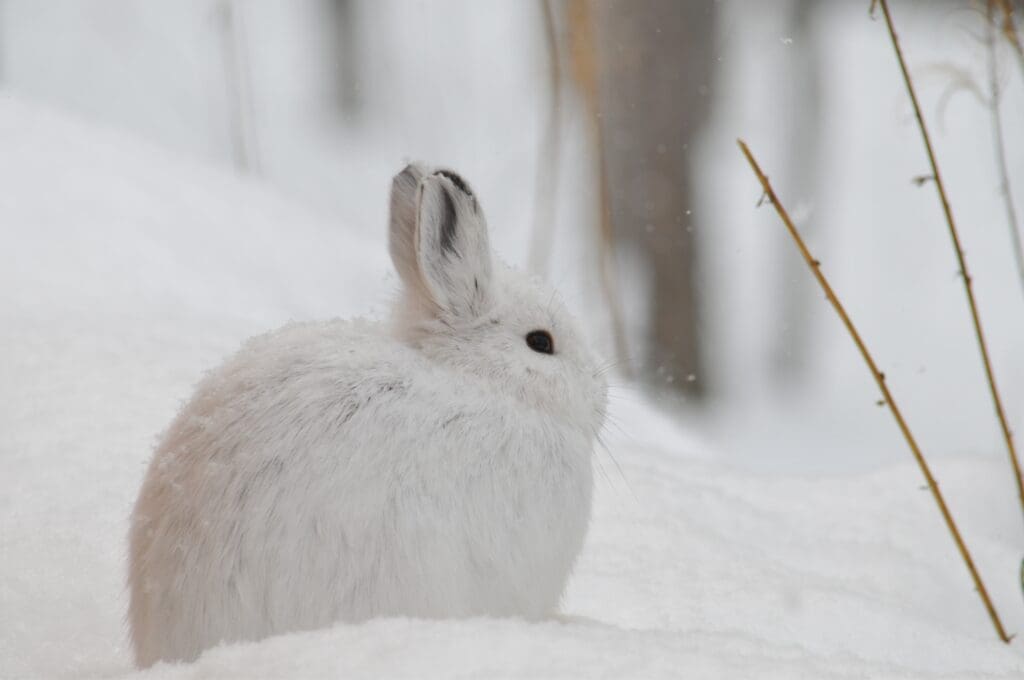
Snowshoes Hares are common throughout their range. Their rapid reproduction makes it unlikely that they will become a major concern for conservationists.1
Snowshoe Hares are important prey animals in their ecosystem. They are utilized widely as a source of wild meat. In addition to this, they are an important prey species for many predators whose furs are highly valued. Hares may damage trees, especially during periods of high population density.1
Snowshoe Hares and You
Have you seen a Snowshoe Hare in it’s natural environment? Tell us about it in the comments below!
Do you have a picture of these amazing creatures? Share it on social media with us and tag us in your post.
Use the hashtag:
#WildlifeOfTheWeek.
Interested in Wildlife Photography???
Check out this amazing beginners guide from National Geographic:
National Geographic Photo Basics The Ultimate Beginner’s Guide to Great Photography
The above links are provided in this article as affiliate links. Meaning, at no additional cost to you, we’ll earn a commission if you click one and make a purchase. An easy way to help support us if you’re going to buy anyway!
Learn more about all the amazing wildlife in our National Parks and how to safely “Watch Wildlife” on this amazing page with lots of resources from the National Park Service!
Want tips for photographing wildlife? Check out this great article for tips from the National Park Service.
Help support Discover Our Parks by becoming a Patron for as little as $1 a month! Your support will help us continue to provide articles like this and add even more information about our parks to this site.
If you want to make a one-time donation, buy us a coffee!
‘We got some of the above information from the following:
1: Animal Diversity Web – Lepus americanus – Snowshoe Hare
2: NPSpecies – Find Parks Where a Species is Found
Check out these recent posts from Discover Our Parks:
- The Isolated Black-bellied Salamander: Wildlife of the Week – 2023 Week 22
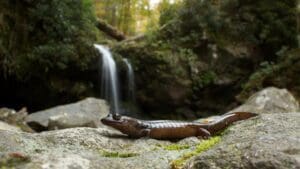
- The Splendid Sandhill Crane: Wildlife of the Week – 2023 Week 21
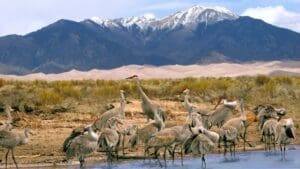
- The Promising Peregrine Falcon: Wildlife of the Week – 2023 Week 20
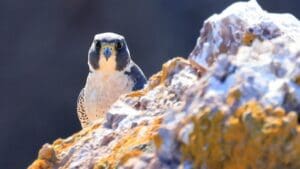
- The Intimidating Killer Whale: Wildlife of the Week – 2023 Week 19
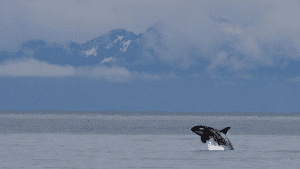
- The Swift Fox: Wildlife of the Week – 2023 Week 18
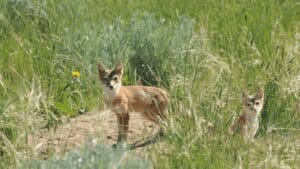
SPONSORED ADVERTISEMENT

